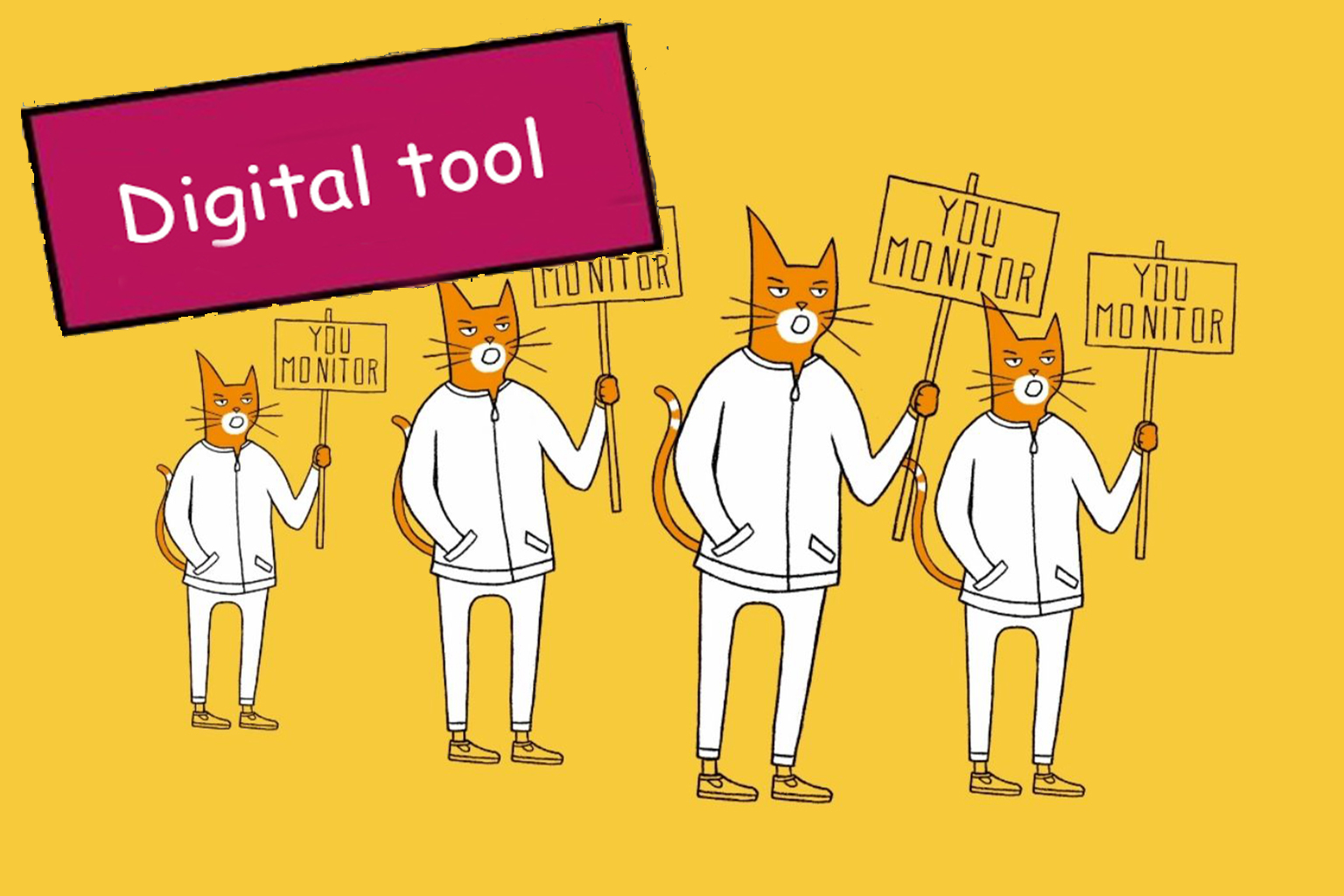home / Monitoring the Common Good / Create a campaign to spread the message
Step 10
Create a campaign to spread the message
Understand
Communication is vital in both party and non-party politics, serving as a valuable tool for monitoring communities. A communicative campaign, when highlighting an issue, can achieve three interconnected purposes: exerting pressure on institutions, gathering public support from civil society, and following up on non-responses or negative reactions from institutions. Additionally, communication functions as a cultural tool, influencing people’s perspectives to foster a culture of rejection of corruption and to enhance the effectiveness of integrity laws. To achieve these objectives, campaigns should adhere to certain principles. They should inspire enthusiasm and activation rather than anger and fear, and enable people to identify with the cause. They should also be clear, aesthetically recognisable, and grounded in solid arguments to ensure viral success. It is essential to consider the target audience, addressing topics relevant to their lives, in terms of contents and visual references. Try to identify your interlocutors: are they recipients, supporters or opponents? Are they institutional or civic actors? Are they passive (so, just observers of your actions) or active (and therefore , potentially involved and contributing)? Finally, adapt the tone to the context. Use a non-aggressive tone while awaiting a response, and address citizens to gather political consensus to further encourage decision-makers to respond. This also applies in the case of a negative response: it is appropriate to highlight negligence in complying with legal obligations and the right to know, even being a bit more confrontational.
Experience
Every good campaign is based on a concrete and clear message: specify what you are asking for, who is making the request, who it is directed to, and why it matters. Before starting, research how your topic has been publicly discussed,for proper positioning in the debate: search and gather articles from the internet or local media, review politicians’ statements, monitor social networks, and consult experts and local organisations for insights into the topic. Then, build a strong team with assigned roles or create small working groups, fostering empowerment and preventing the feeling that members have ‘nothing to do’. Establish a recognisable identity with a name, logo, or symbol to enhance community recognition and a sense of belonging. Finally, diversify tools based on objectives and targets, combining online (social media, online petitions etc.) and offline (public letters, protests or sit-ins, public events etc.) tools for a more effective strategy. For instance, public events can showcase your group’s work and prompt public positions from decision-makers. Or use social media, emphasising clear, inclusive, and concise messages with a personal touch. Be creative and enhance positive emotions to make challenging topics more accessible. However, the energy and resources available in the group are limited, so it is better to keep your strategy smaller in scale, but sustainable, to avoid frustration. A communicative campaign is something serious, but doing it can be fun too!
Discover some communication tools both online and offline useful to your strategy (and some tips on how to use them) in this toolbox.


